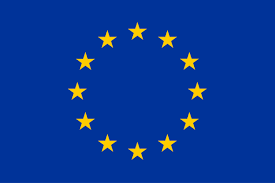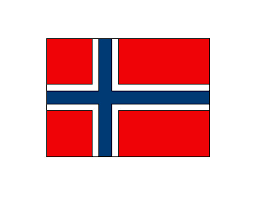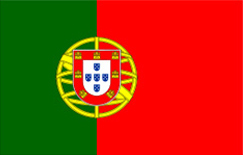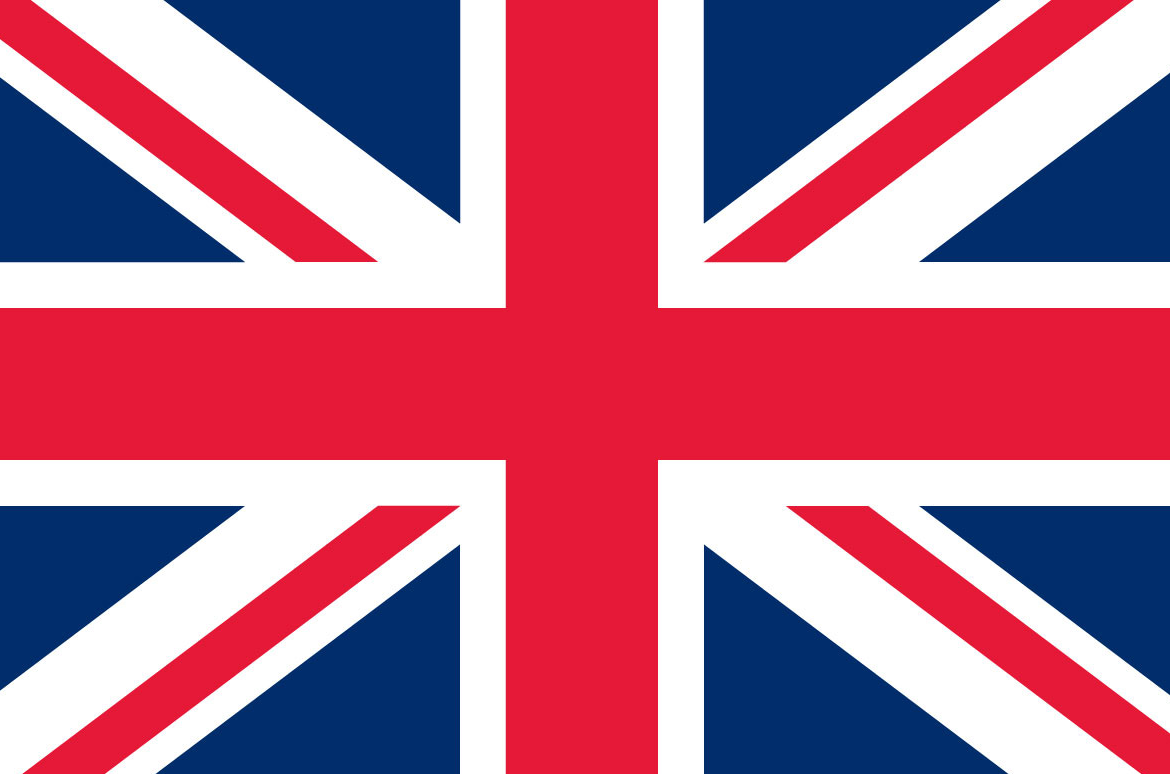EU / Norway Fisheries Agreement
EU / Norway Fisheries Agreement
Breadcrumbs
- Fisheries
- Fisheries
- Professional Fishing
- International Fishing
- Third Countries
- EU/Norway Fisheries Agreement
![]() Fishery Agreement EU/Norway
Fishery Agreement EU/Norway


The presence of the national fleet in Norwegian waters comes from the entry into force of the European Economic Area and not from the EC / Norway bilateral fisheries agreement. This means that, at present, the Portuguese cod quotas, in both the Norwegian Exclusive Economic Zone (EEZ) and in Svalbard, are established on the basis of the TAC for Arctic cod fixed annually between Norway and the Russian Federation.
In the Svalbard archipelago, although situated in international waters, a special protection zone has been established and Norway has the duty to establish conservation and management measures for the fishery resources in that area. However, access to fishing in Svalbard is allowed by Member States of the Treaty of Paris of 1920, although subject to compliance with the rules adopted by Norwegian legislation.
![]() Contacts
Contacts
Direção-Geral de Recursos Naturais, Segurança e Serviços Marítimos
Avenida Brasília
1449-030 Lisboa Portugal
Phone: +351 213 035 700
Fax: +351 213 035 702
The Norwegian Ministry of Fisheries and Coastal Affairs
Address:
Government Administration Services, Postbox 8129 Dep, 0032 OSLO, Norway
Phone: + 47 22 24 90 90
E-mail:redaksjonen@dss.dep.no
Directorate of Fisheries
Phone from abroad: +47 800 30 179
Phone from Norway: 55 23 80 00
E-mail: postmottak@fiskeridir.no
Address: Postboks 185 Sentrum, 5804 Bergen
FMC Norway
Phone from abroad: +47 55 23 83 36
Phone from Norway: 55 23 83 36
![]() Description
Description
The Framework Agreement was adopted by Council Regulation (EEC) No. 2214/80 of 27 June 1980 and entered into force on 16 June 1981. It was adopted for an initial period of 10 years until 1991 and renewed since then. Portugal doesn´t have a direct benefit from quotas under the bilateral agreement. The beneficiary states are: Germany, Denmark, France, the Netherlands and the United Kingdom. Under the 1992 European Economic Area Agreement, Portugal is granted a quota of cod, in return for Norway's access to the European market with full exemption for cod, as well as a small quota of redfish.
![]() Access
Access
- To have a national fishing license in accordance with Article 6 of the Control Regulation (Regulation 1224/2009)
- To have a fishing authorization for fishing operations outside EU waters
- The authorization requirements have been met in accordance with the requirements of the Annex or the SFPA in question
- The fishing vessel shall apply the relevant IMO Vessel Identification System if required under Union law
- The fishing vessel is not on a list of IUU vessels adopted by an RFMO and / or the Union under the IUU Regulation
- Where appropriate, the flag Member State has fishing opportunities under the fisheries agreement concerned or the relevant provisions of the RFMO
- To have their vessel monitoring system (VMS) installed and operational
- To have the electronic recording and reporting system (ERS) installed and operational
- To have their valid Certificates of Navigation and Compliance.
![]() Types of Fishery Agreement
Types of Fishery Agreement
- Management of shared stocks (North Sea)
- Allocation of shared stocks not jointly managed
- Exchanges of additional quotas related to exclusive stocks from each Party.
In addition to this exchange of fishing opportunities, a system of access to the waters of each Party is also provided for, with catches being deducted from the respective quotas.
![]() License request
License request
Through request of the shipowner, provided that the vessel appears on the list of vessels in the annex of the Annual Legislation which regulates quota allocation in the North Atlantic.
![]() Forms
Forms
License Request
![]() Download (33.5 KB)
Download (33.5 KB)
![]() Bycatch
Bycatch
In the Cod fishery:
- Redfish - allowed up to 15% by weight in each catch and in the total landings
- Greenland halibut - allowed up to 7% of the catch on board at the end of the operations in the EEZ and in the total landings. However, up to 12% is allowed on each catch
- Anglerfish - trawling is permitted up to 30% by weight in catches on board
- Herring - up to 5% allowed when catching other species.
By-catches of regulated species for which Portugal has no quota are not allowed.
Discards of fish from regulated species are prohibited in the EEZ.
![]() Authorized areas
Authorized areas
Area of the Norwegian EEZ, between 12 and 200 nautical miles.
The fishing operations are conducted at N62º N
![]() Closed Areas
Closed Areas
In accordance with the adopted Norwegian legislation.
![]() Compulsory Communications
Compulsory Communications
All vessels authorized to fish in Norwegian waters under the Agreement shall report their catches to the Directorate-General for Fisheries of Norway.
![]() Legislation
Legislation
![]() Download (211 KB)
Download (211 KB)
Agreed Record for 2018
![]() Download (2.9 MB)
Download (2.9 MB)



